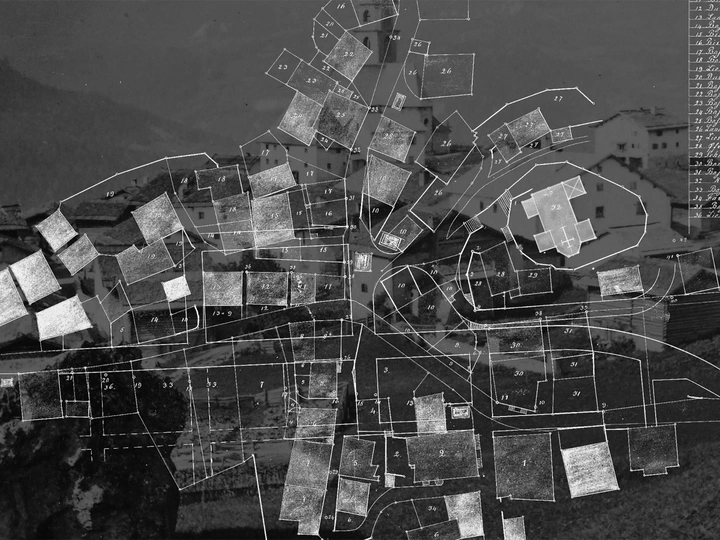Unsteady Ground

Lisa Penz is an architect, researcher and designer currently based in Vienna, Austria. She holds an MArch (Master of Architecture) from the Academy of Fine Arts in Vienna. She was trained as a graphic designer before she studied art and architecture which allows her now to work in both design fields and combine them. In her own practice she works across disciplines and media, always trying to maintain a balance between commissioned work and self-initiated projects. Her work deals with our environment, urban and historical themes, and spatial phenomena that define the current architecture and art discourse, focusing on how our surrounding influences the way we live.
She is a founding member of blank publications, an independent art and architecture magazine, which she is still co-editing. Her architectural drawings were awarded by the Gustav Peichl Preis. Her thesis was awarded with the appreciation award of the Academy of Fine Arts Vienna, the research award of the Federal Chamber of Chartered Engineers and Architects, and she received the “Startstipendium Architektur” for the continuation of her research.
The project is motivated by a great interest in landscapes undergoing significant changes due to environmental factors, be they human activities or natural occurrences and asks what happens when the ground does no longer serve as a stable base. It is a critical investigation of an exemplary village in the Swiss Alps, threatened by landslides as well as by the rapid movement of the village’s ground itself. The work addresses the current effects of changes in landscape, how far back these events can be linked, and what a future scenario might look like for this village in particular.
Rooted in extensive archival research, Unsteady Ground traces the origins of the movement of the ground, reaching back to prehistoric times and continuing into the present. It questions the human desire to control nature in response to such dynamic landscapes. An attitude that led us to believe that a built solution can be found for every natural process that might result in a disaster.
The central work of the project is a video installation, accompanied by an installative archive, drawings, models, and a book that preserves the stories and images of the disappearing village. The narratives in both the book and the video move across time—imagining what was and what could be. With the main question still in focus: How do we want to act upon a ground that is in constant motion. The project shows the interconnectedness of time and how events from the past can influence the presence as well as the future of a place. Furthermore it questions the role of humans in the setting of such dynamic landscapes.